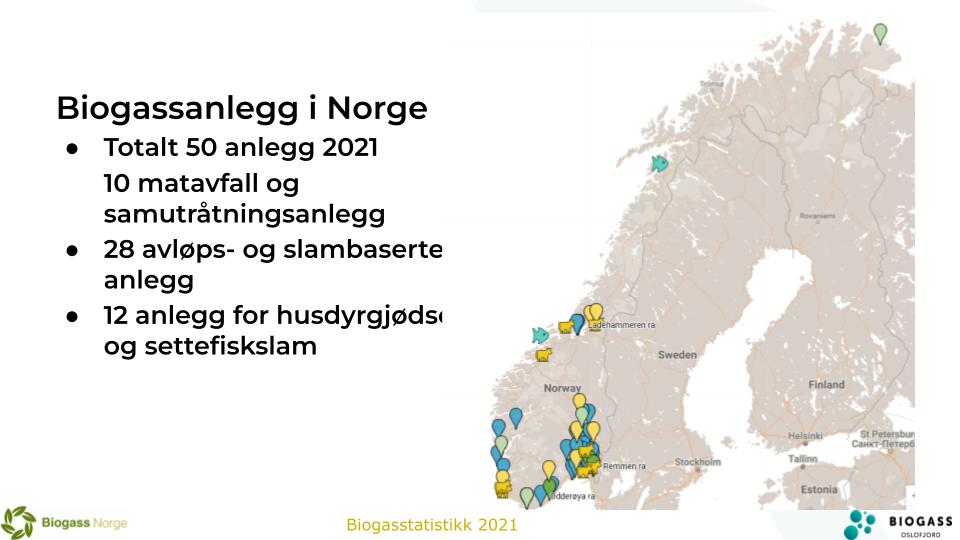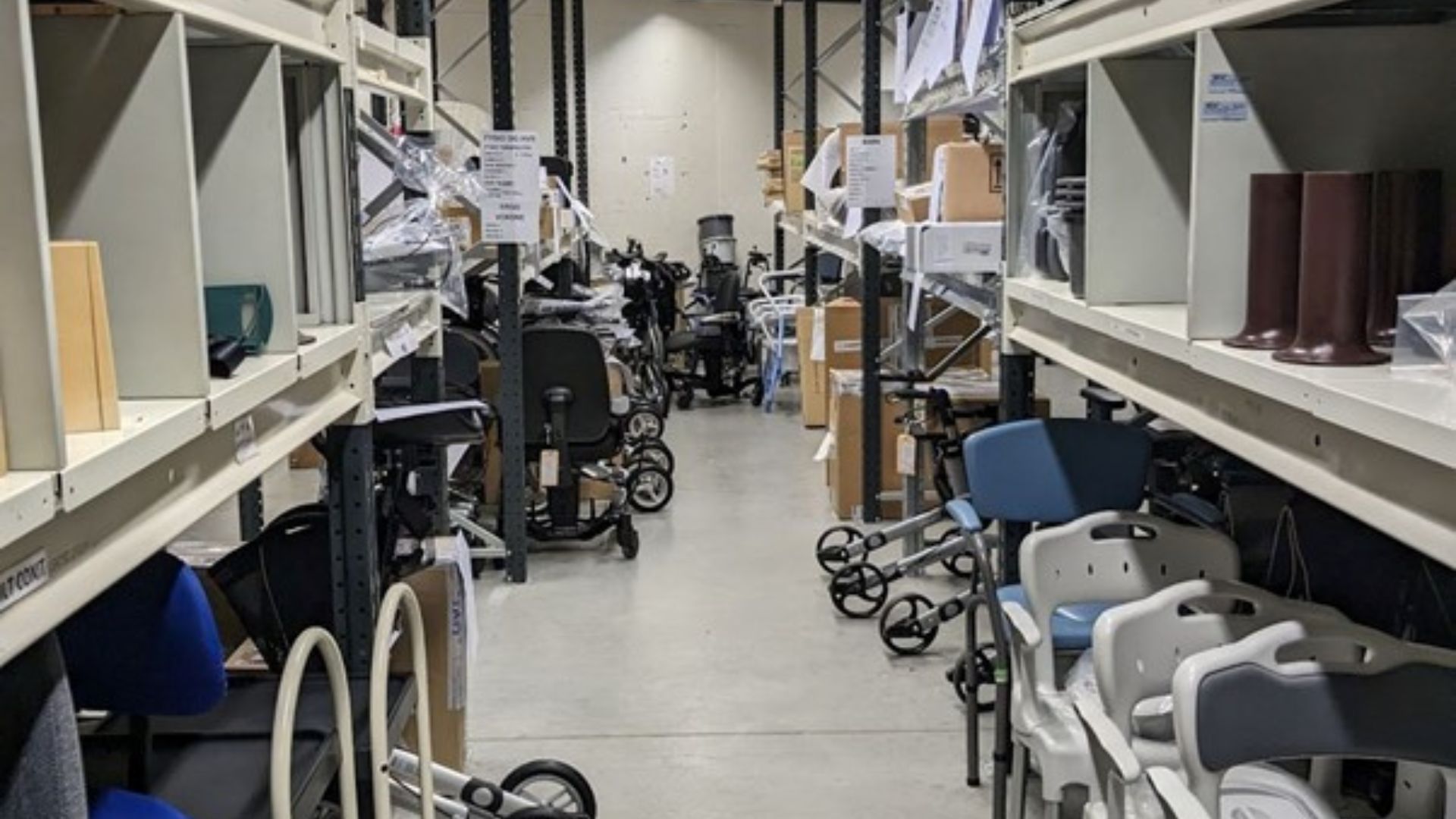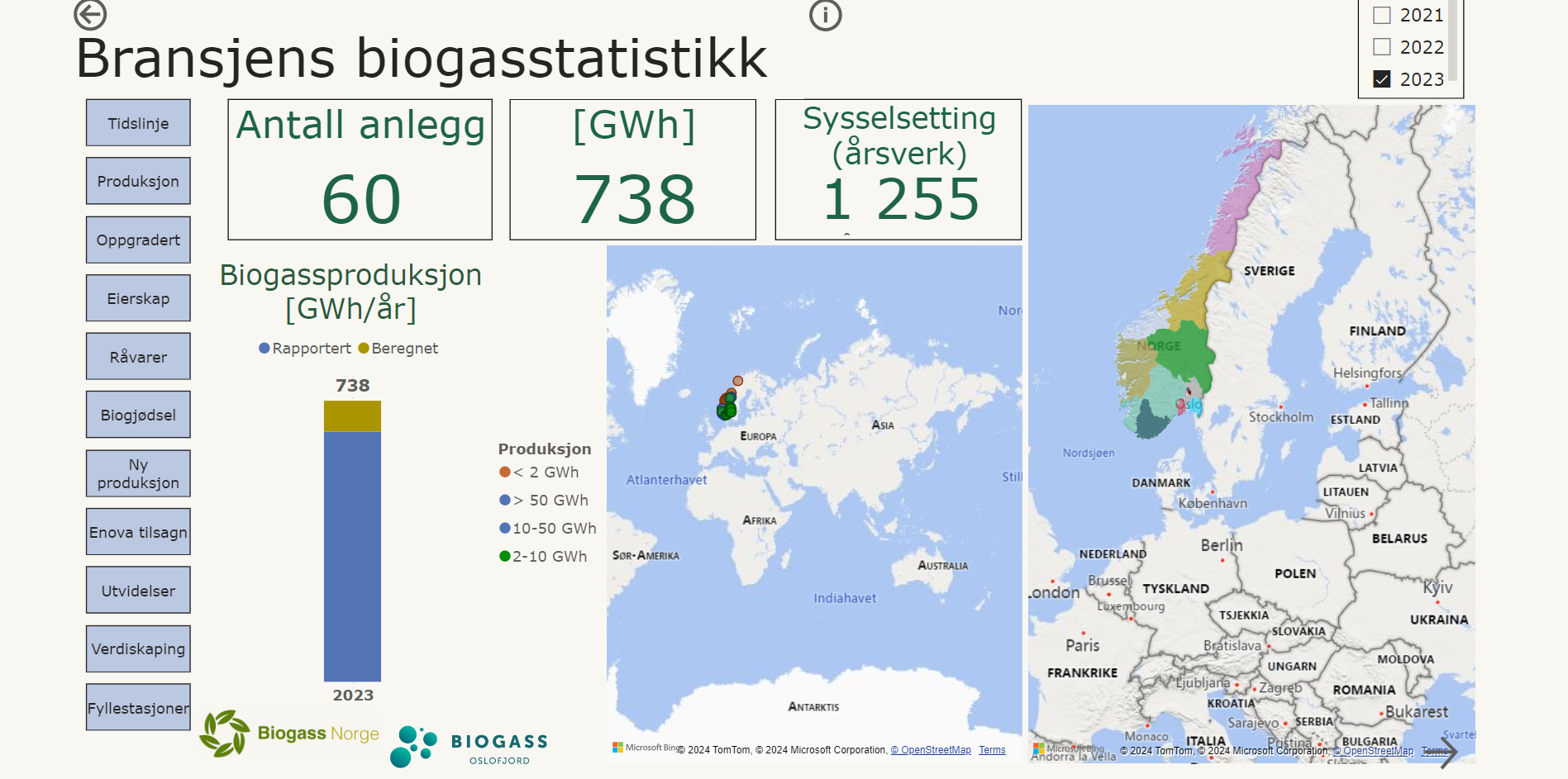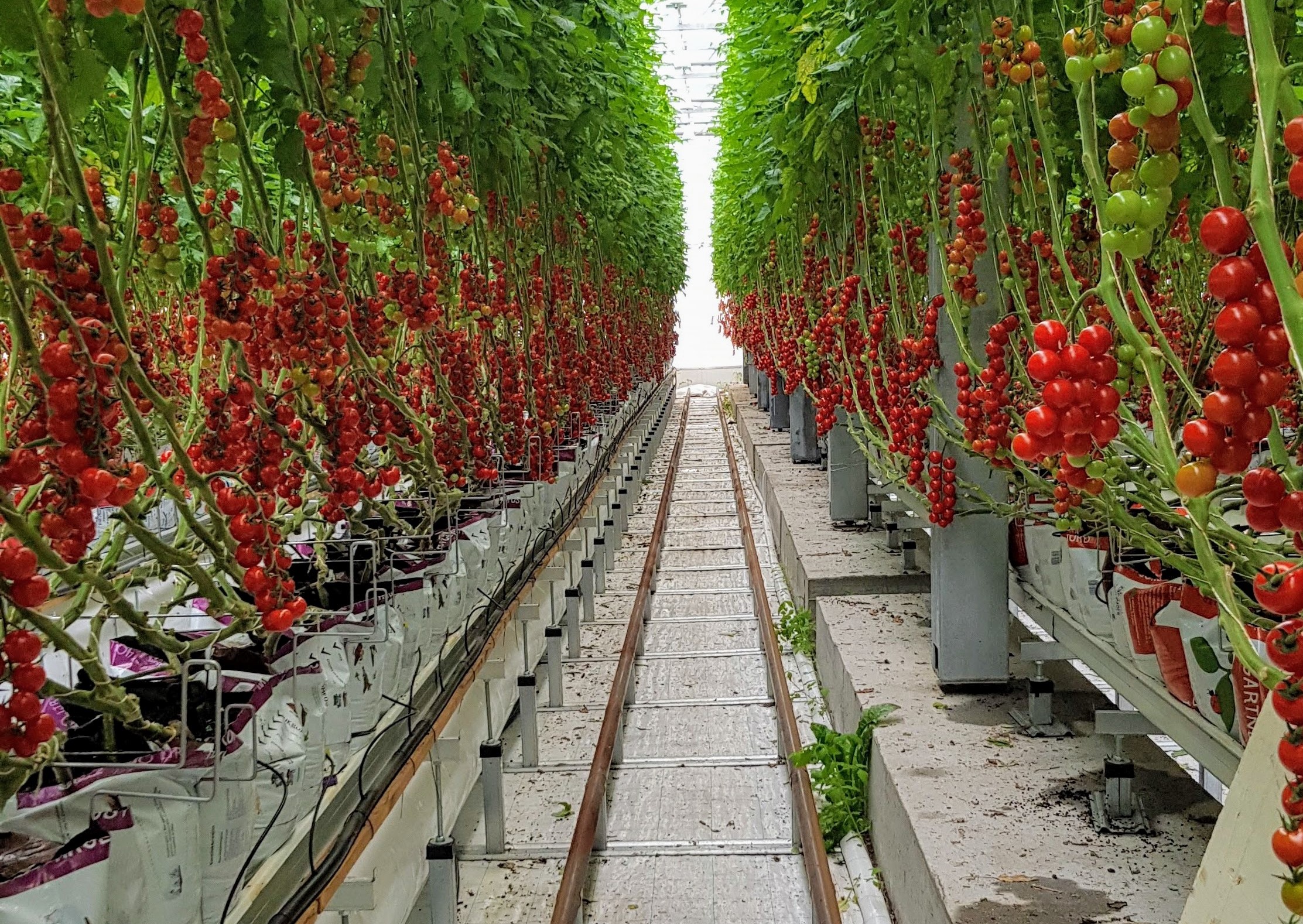On behalf of Biogass Norway and the Oslo Fjord Biogass, Norwaste has prepared the industry's own biogas statistics for 2021. The statistics provide an overview of the amount of biogas produced, substrate amounts, use of biogas internally and externally and the amount of upgraded biogas that can be used as fuel.. SSB compiles national statistics on biogas, but there have been errors in these statistics and there was uncertainty about how national production fared. The industry's own biogas statistics provide more comprehensive information and can be compared with the national statistics.
Norway has 50 biogas plants, small and large, and produces 700 GWh of biogas. Well 50% of the gas is upgraded to fuel quality, either as compressed biogas (CBG) or liquid (LBG). Several biogas plants are now building upgrade plants to make the biogas liquid and more LBG will be produced in 2022 compared to 2021. This makes the biogas more attractive as a renewable fuel in sea and long-distance transport.
Over 90 % of the bio-residue is utilized in agriculture, and almost 600 thousand tonnes of bio-residue, either as liquid or dewatered bio-residue, is spread as fertilizer. This corresponds to approximately 90,000 tonnes of dry matter.
Political objectives of increased sorting of food waste, use of livestock manure in biogas plants and increased degree of purification of municipal and industrial wastewater will, together with full utilization of substrates from the fish and aquaculture industry, be able to produce 2 TWh of biogas as energy carrier until 2035. It is still important public instruments to strengthen development, as the biogas industry is not fully mature.




